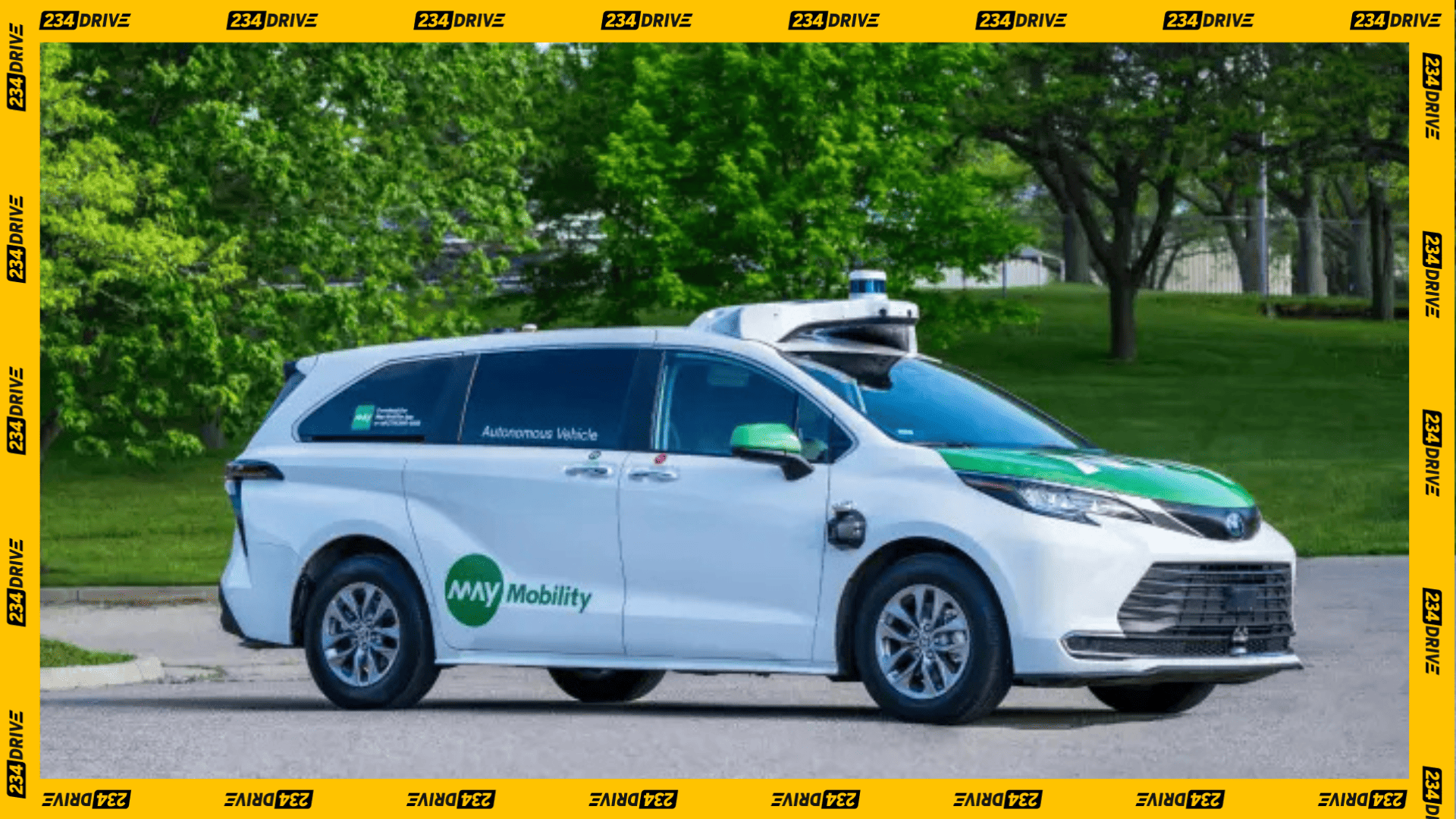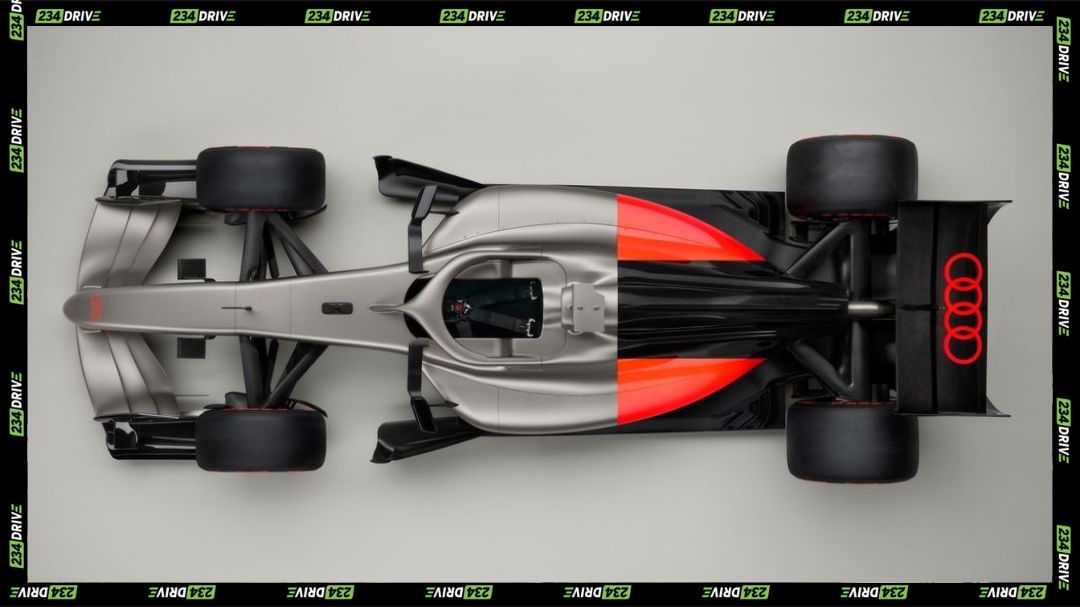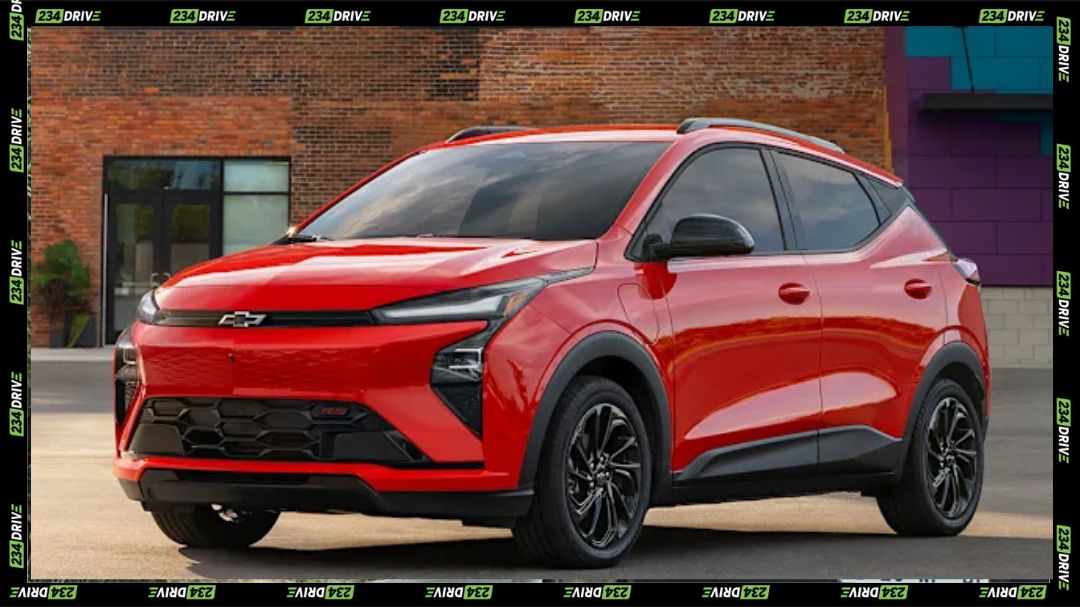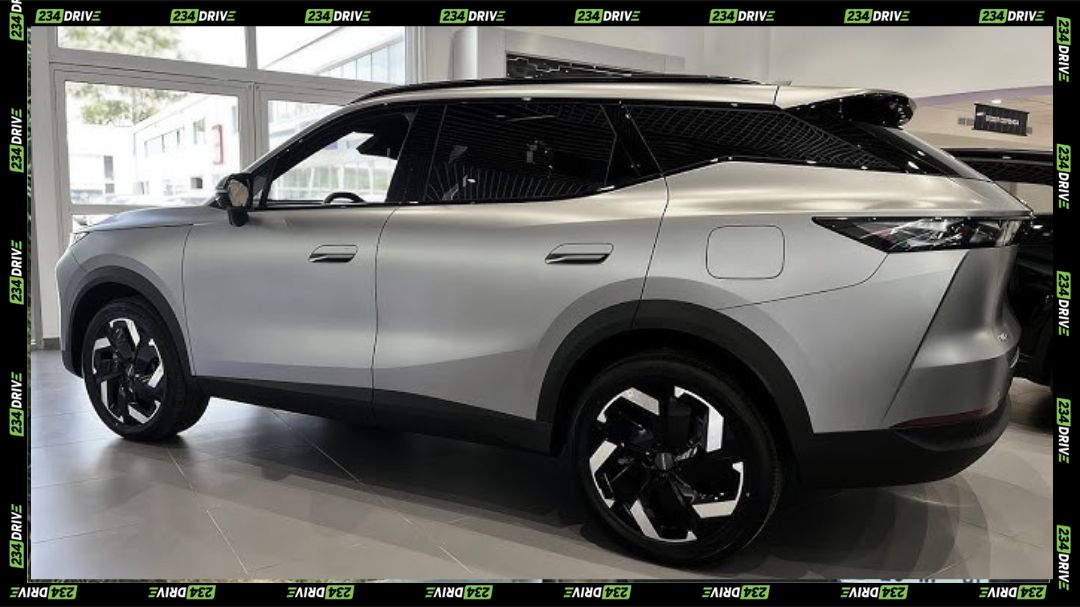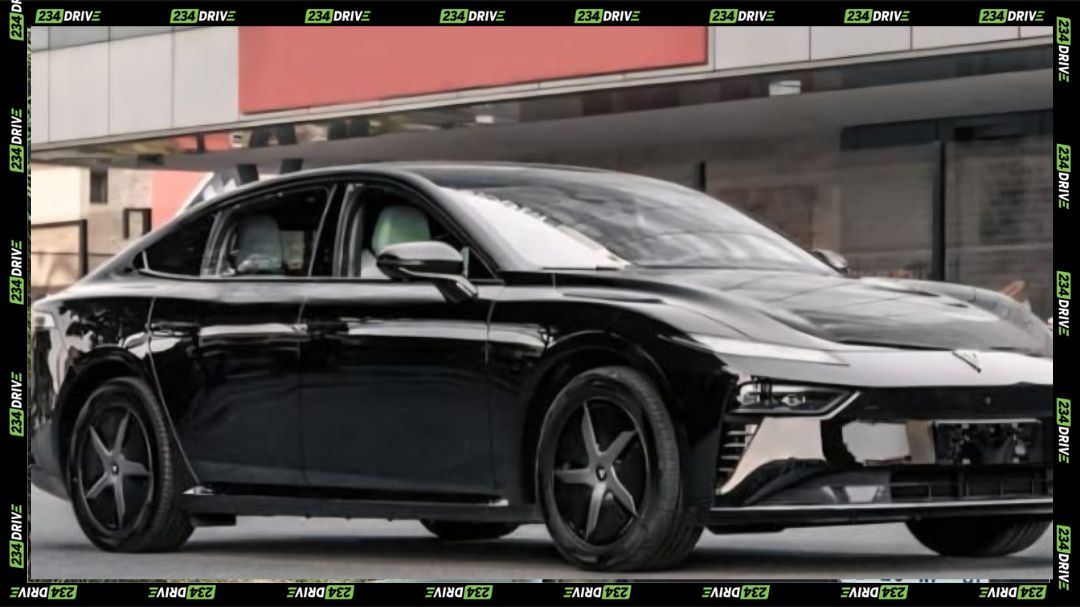Last month, the Tesla Cybercab was revealed as a fully autonomous cab. Ever since, the automotive world has been buzzing with news of even more autonomous vehicles springing up. These upcoming autonomous vehicles range from cabs, to vans and even trucks. It seems like Tesla unknowingly put up a challenge and the response has been intriguing. For example, Lyft, an independent transport company, just partnered with Mobileye and May Mobility to expand its autonomous vehicle offerings. This partnership is part of Lyft’s plan to provide self-driving vehicles for its users in the near future.
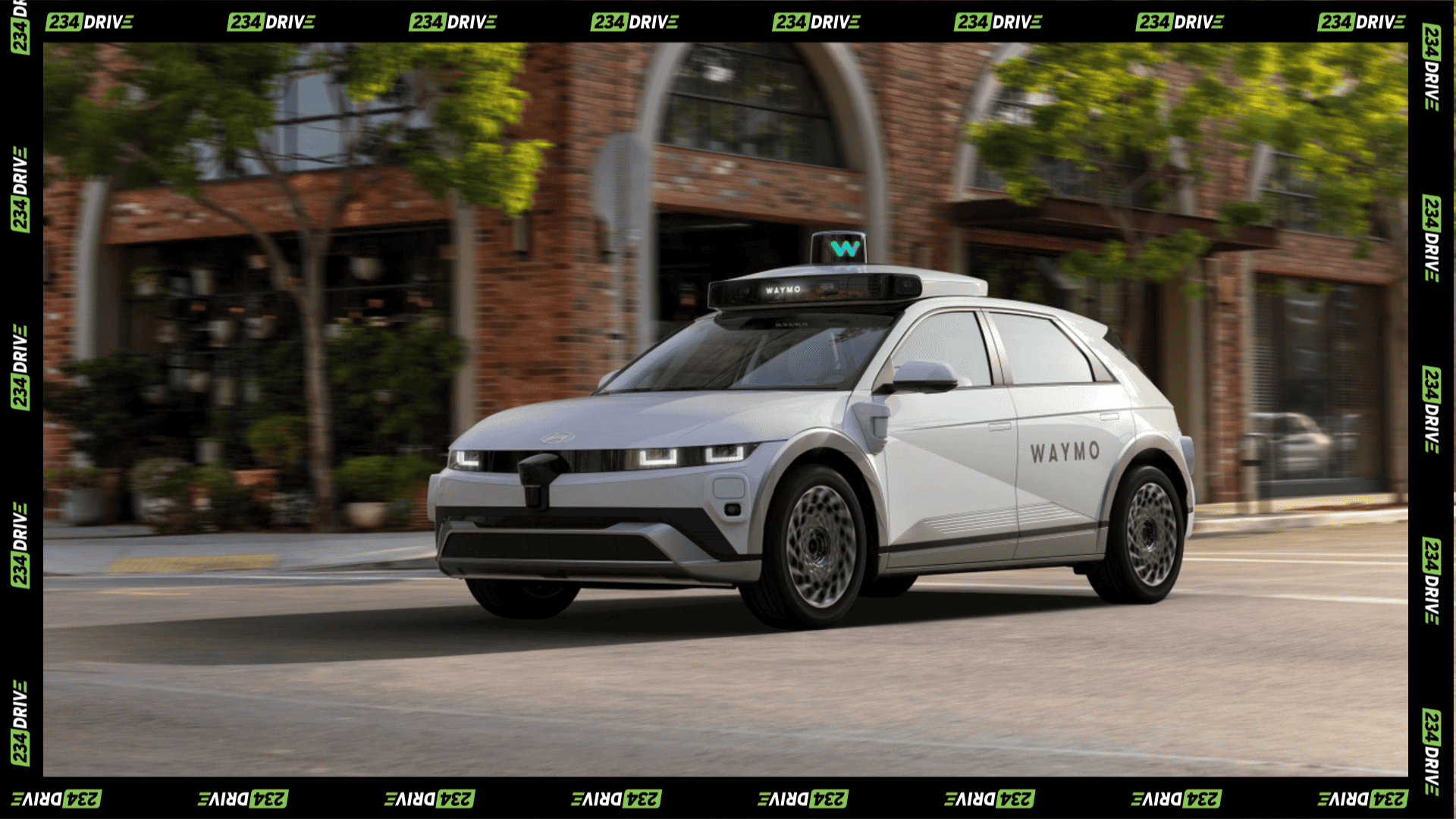
Despite the good intentions of Lyft, you and I both know that they are simply trying to solidify their place in the race toward autonomous ride-hailing. The Cybercab does not have a specific release date, however, Elon Musk stated that it would be available for purchase before 2027. So, we can clearly see that Tesla indirectly gave other autonomous ride-hailing companies a head start of about two years. Lyft’s collaboration with Mobility’s AVs is kicking off with a fleet of Toyota Sienna minivans. These minivans would be available in Atlanta by 2025. Waymo, another independent transport company, has also emerged to be a serious competitor in the autonomous ride-hailing field.
The Competition is Fierce!
On the other side of the Atlantic, a UK-based transport company explores autonomous vans. Oxa, formerly known as Oxbotica, has been testing a Ford E-Transit-based autonomous van both in Europe and the US. Unlike the Cybercab which will only be able to seat two, the Oxa autonomous vans are intended for use as shuttles to transport a lot of people at a time. However, the major concern with the Oxa vans is safety. This is because safety considerations that apply to multi-person passenger vans are different from those of single passenger cabs.
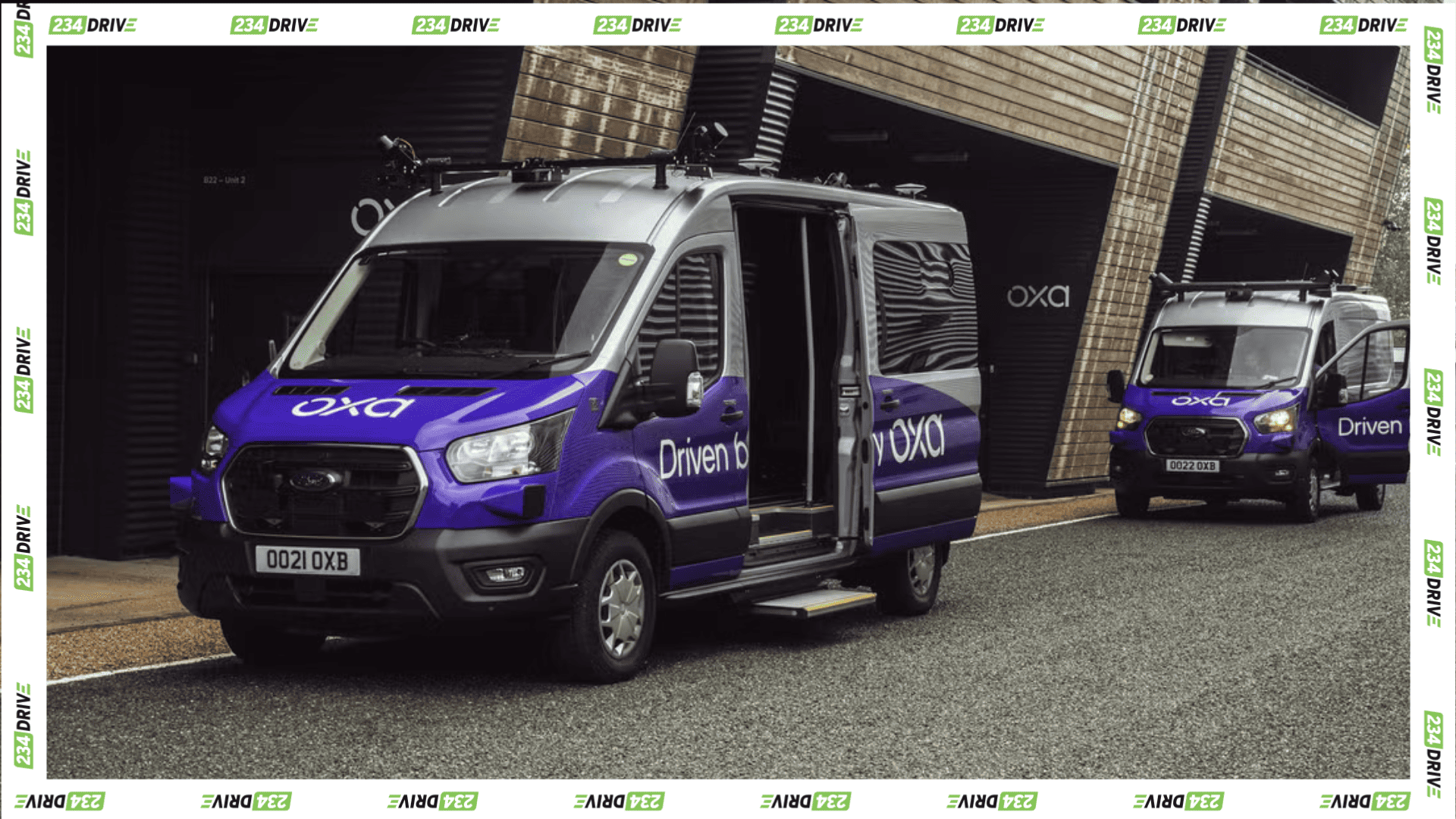
Another UK-based autonomous developer, Wayve, has opened an office in the US. Just like the Cybercab, Wayve intends to approach autonomous transportation from the point of Artificial Intelligence (AI), rather than making use of a pre-recorded 3D map system. The AI incorporated into these Wayve autonomous taxis will work with different types of sensors to ensure seamless voyage. Wayve plans to launch testing of its autonomous cabs in the Bay Area.
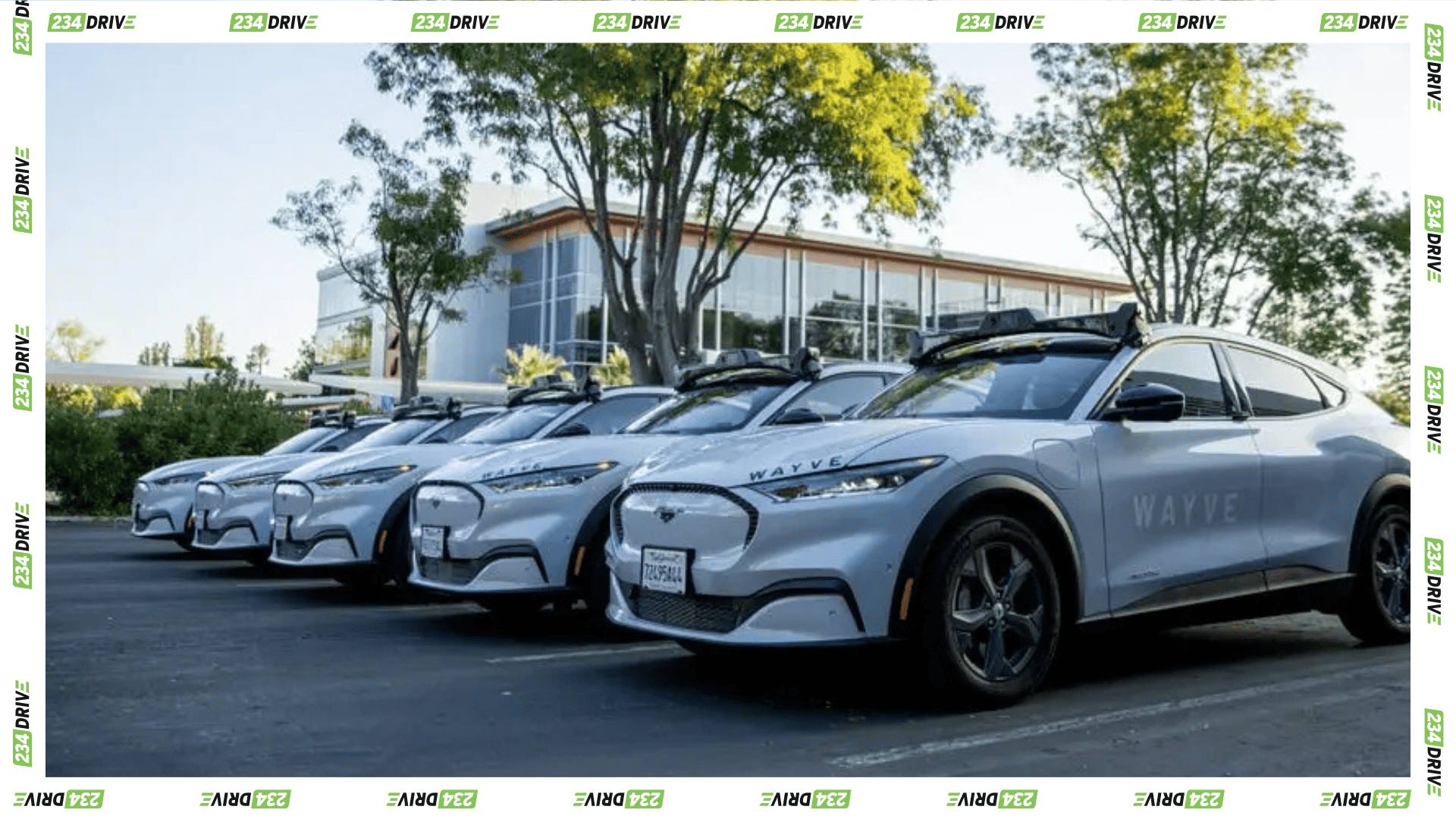
Autonomous Trucks
Additionally, Torc Robotics has revealed that it has been testing SAE Level 4 (L4) driverless Daimler Trucks. There are plans to commercialise these autonomous trucks by 2027, allowing for driverless operation on interstates. Torc has been testing its trucks in real-world traffic, but with a safety driver behind the wheel for now. Torc’s aim is to launch commercial operations of SEA L4 trucks that would be centred around Texas, specifically the Dallas to Houston route. This route has promised predictability and plenty of demand from cargo logistics firms.

Autonomous Delivery Vehicles

If you thought that only transport vehicles were getting autonomous, then you thought wrong. Delivery vehicles are also getting the autonomous treatment. LOXO AG has recently opened its first international subsidiary in Munich, Germany. The Bern, Switzerland-based company has rolled out what it said was Europe’s first SEA L4 self-driving technology, which is operational on public roads in Bern. Loxo initially began with remote operation, but has now authorised autonomous driving routes spanning 65 km (40 miles) within the city. Something similar to the Loxo delivery autonomous vehicles has also begun operating in China. These autonomous delivery vehicles are about the same size as a smart Mercedes Benz and they are called Neolix delivery trucks.
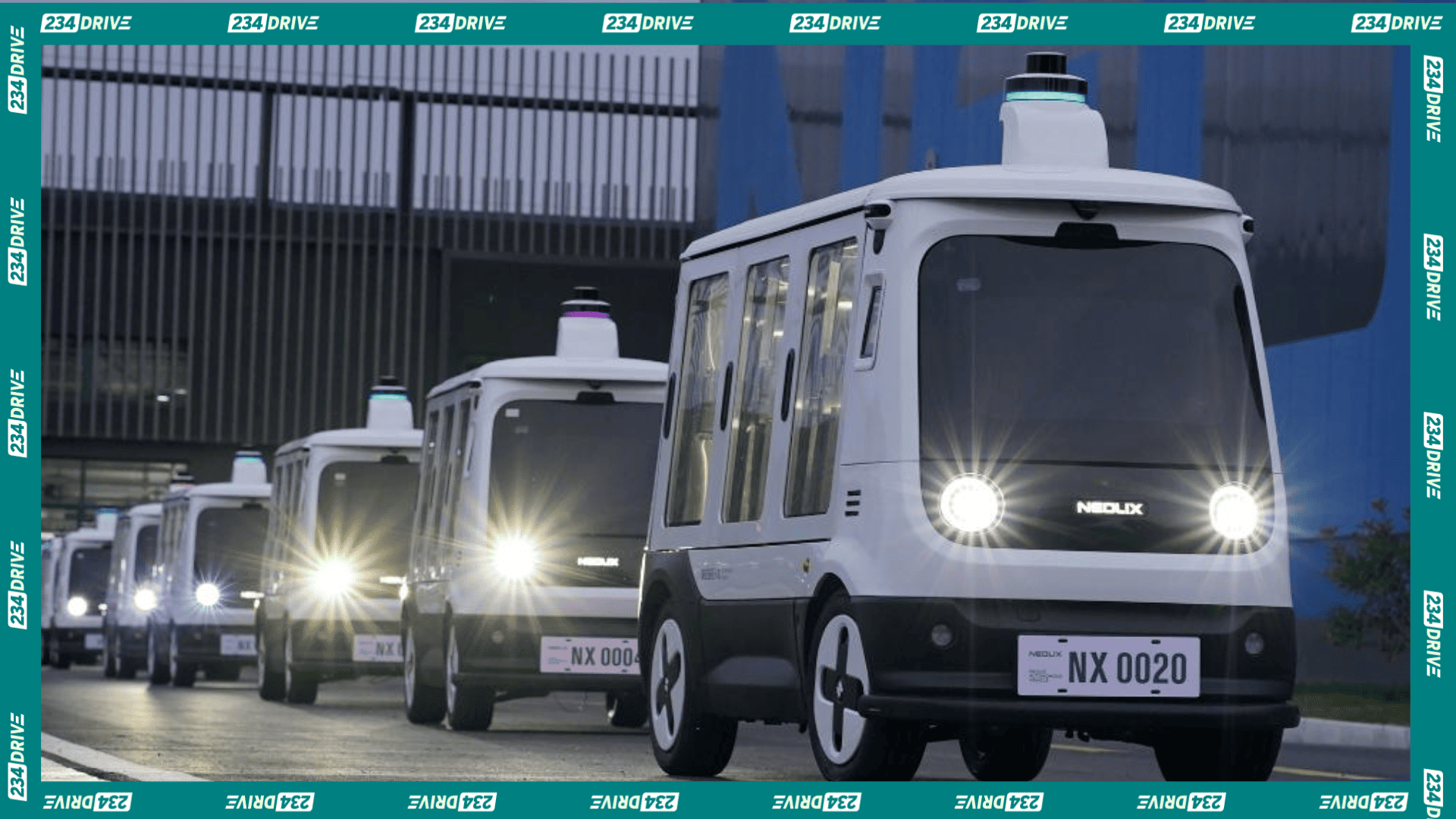
Ultimately, the future of the automotive world is not only electric, but autonomous. I know you might be wondering, where does Nigeria, in fact Africa fit into all of this? In a previous article, we tried to picture the Tesla Cybercab in Africa, and it is about the same principle for other autonomous vehicles. With these many autonomous vehicles springing up, it serves as a reminder to enjoy the very act of driving, before it goes extinct.


